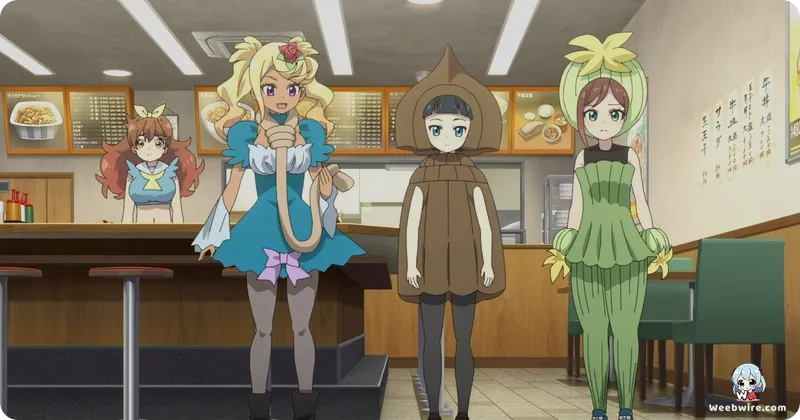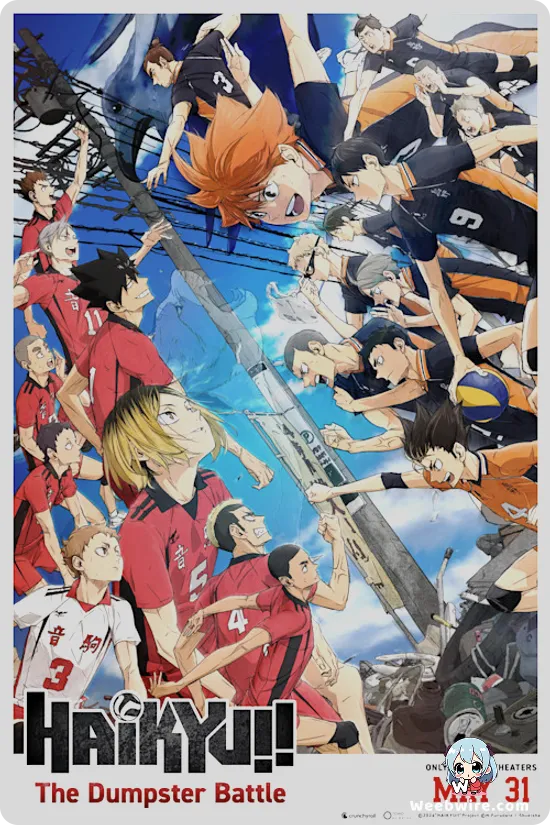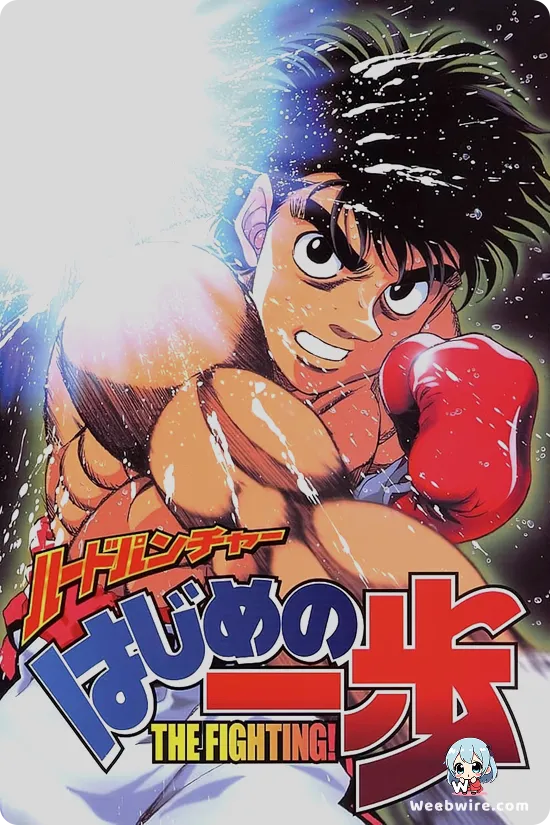Beyond the Whimsy: Unpacking the Hidden Realism and Directorial Genius Driving 'Train to the End of the World'

While the contemporary anime landscape is saturated with post-apocalyptic narratives, Train to the End of the World (Shūmatsu Train Doko e Iku?) carves out a unique niche. It masterfully juxtaposes unsettling existential dread with wonderfully absurd, character-driven comedy. The premise four ordinary high school girls navigating a world fundamentally reshaped by a mysterious 'Anomaly' aboard a decrepit train is deceptively simple. Yet, the series is built upon a foundation of intricate production choices and surprising real-world adherence that elevate it far beyond standard genre fare, offering layers of enjoyment for viewers who appreciate both technical detail and surreal humor.
A cornerstone of the series' success lies in the involvement of veteran Director Tsutomu Mizushima. For those familiar with his celebrated works, including Girls und Panzer, Shirobako, and Prison School, Mizushima is recognized for his unique ability to orchestrate complex ensemble casts while navigating high-concept scenarios with precision. His directorial fingerprint is unmistakable in Train to the End of the World's delicate tonal balance.
The setting is genuinely hazardous; the characters confront existential threats and grotesque mutations generated by the Anomaly. However, these moments of terror are expertly undercut by rapid-fire witty banter and situational absurdity, instantly diffusing the tension. This seamless transition from cosmic horror to everyday slice-of-life interactions is a deliberate stylistic choice, ensuring that despite the bleak backdrop of the apocalypse, the show maintains a deeply relatable and often hilarious human element.
Meticulous Realism in a Fantastical Setting
Perhaps the most compelling production detail is the meticulous realism embedded within the fantastical setting: the railway system itself. The trains and stations featured are not generic backdrops; they are accurate, specific locations along Japan’s Seibu Railway lines, notably the Seibu Ikebukuro Line and the Chichibu Railway. The production team invested significant effort in extensive location scouting to precisely capture the appearance and atmosphere of stations such as Hanno, Tokorozawa, and Koma before their fictional alteration by the Anomaly.
This commitment to accuracy extends to the rolling stock, with the animated train cars faithfully matching their real-life counterparts. For Japanese viewers, especially railway enthusiasts, this level of detail provides an unexpected grounding force, making the surreal transformations of the world feel more potent because their starting point was so tangible.

Furthermore, the mechanics of the 'Anomaly' itself are brilliantly designed to facilitate both danger and comic relief. The Anomaly doesn't merely destroy; it selectively warps reality, resulting in outcomes that are frequently bizarre and humorous. The writers use this mechanism to introduce fresh, standalone challenges in nearly every episode, ensuring the episodic journey never stagnates.
Whether facing a town overrun by mutated fungi or trapped in a loop of passive-aggressive politeness, the main quartet Shizuru, Nadeshiko, Reimi, and Akira must rely on quick thinking and their established bonds rather than predictable rules. This ambiguity allows the comedy to thrive, as the girls often respond to truly terrifying circumstances with pragmatic annoyance or dry humor, defining the show’s distinctive voice. The visual contrast between the cheerful character designs by Kōichi Yamashita and the desolate landscapes reinforces the theme that resilience and innocence can persist even when the world has crumbled, transforming the train, a symbol of connectivity, into a poignant vehicle for their coming-of-age story.
Credits
Train to the End of the World
Author
KADOKAWA (Original Concept)
Cover Art
Kōichi Yamashita (Character Designer)
Studio
EMT Squared
Publisher
KADOKAWA
Producers





